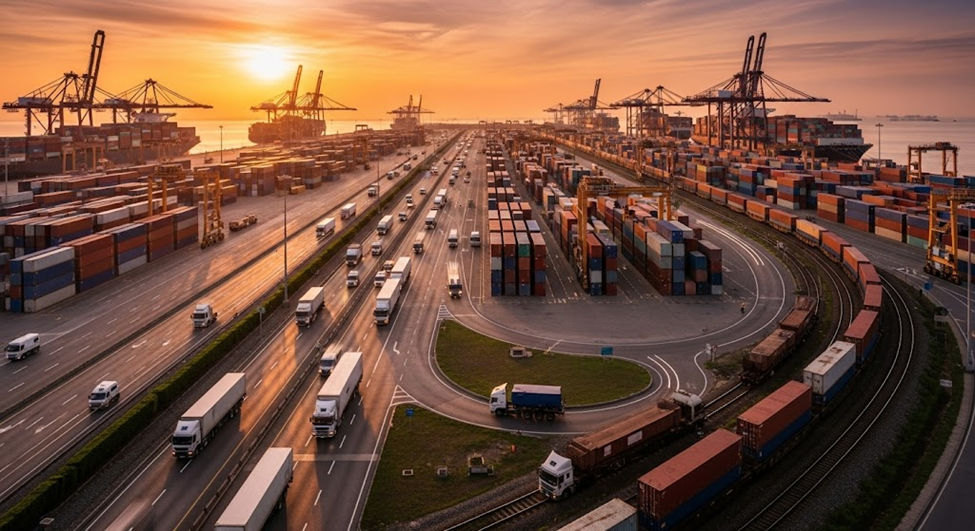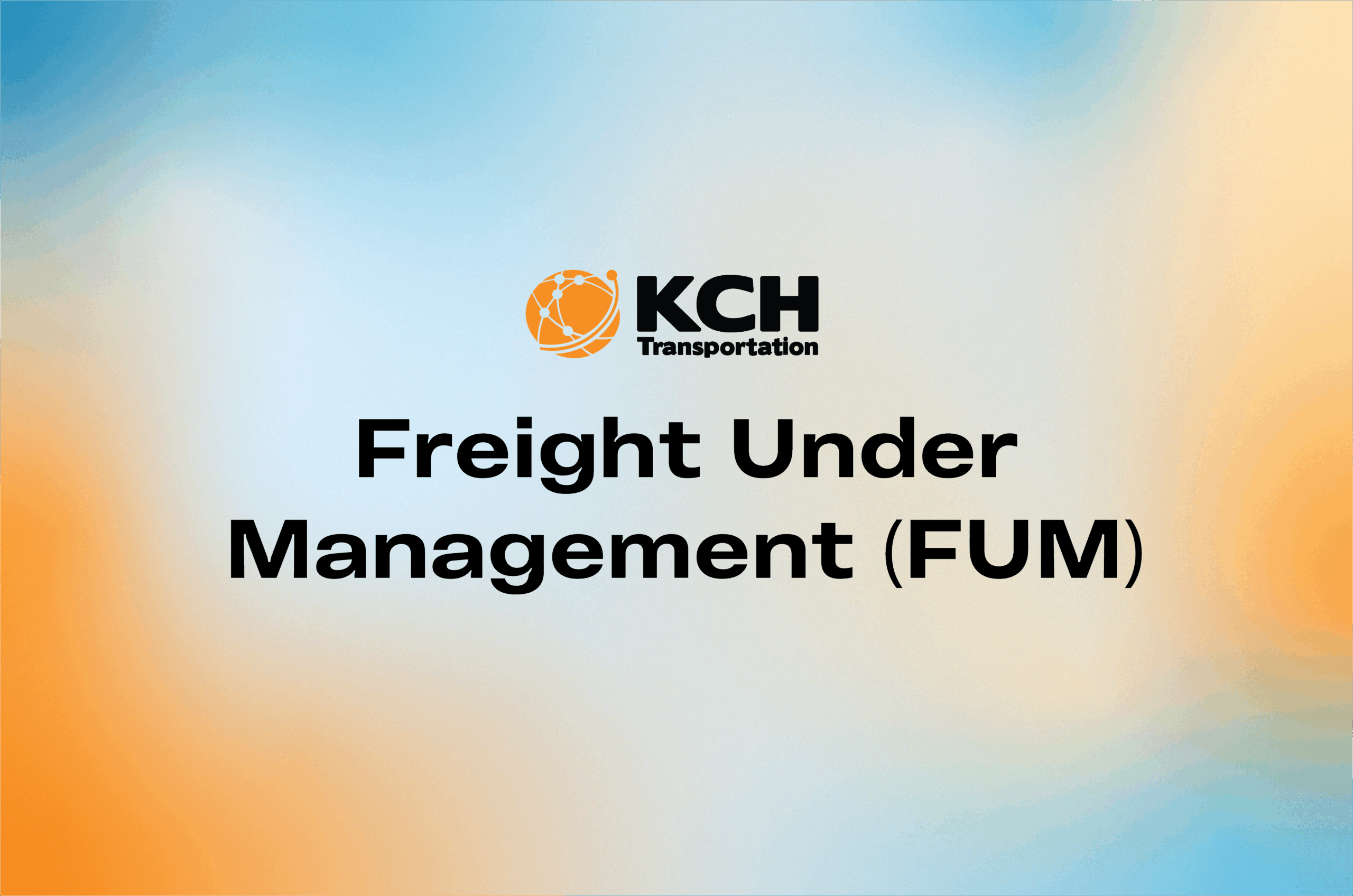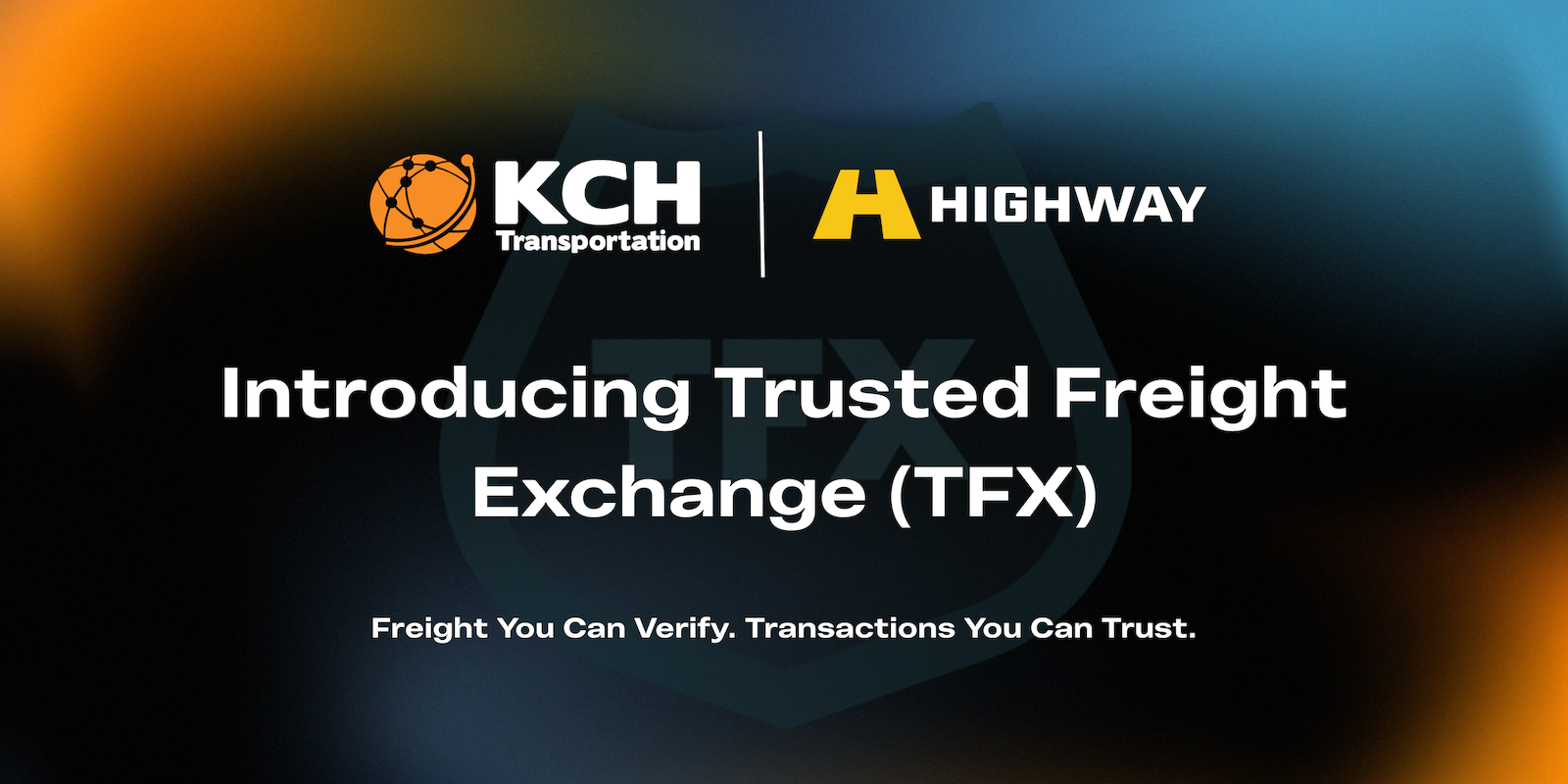As August 1 approaches, significant tariff changes will see freight flows disrupted all over the world. New U.S. trade policies pressure the drayage trucking in Chattanooga, TN, and elsewhere to change the way importers and logistics providers engineer inland container movements.
The challenge is: how to adapt quickly to avoid higher costs, longer wait periods, and possible disruptions along the whole supply chain. Here’s how shippers can keep the winds in their sails.
What’s changing on August 1?
Several significant developments are reshaping international trade:
- A 30% tariff on imports from the EU and Mexico is set to begin.
- A 35% tariff on Canadian goods is under review, with uncertainty around USMCA exemptions.
- The pause on China tariffs ends August 12, with no renewal in sight.
- Miscommunication with countries like Vietnam is already creating confusion over rate caps.
Changing these policies has led to disruptions in freight volumes, booking behavior, and customs activity, continuing the sense of unpredictability that drayage services face across the country.
How Tariffs Impact Drayage Trucking
Across U.S. ports, we’re experiencing the ripple effects of trade changes. On the contrary, inbound volumes are declining, while outbound rail shipments are climbing, suggesting that a strategy change is underway from the global shippers’ perspective.
For drayage trucking, this means:
- Longer dwell times at ports
- More congestion in some markets
- Chassis shortages
- Difficulty forecasting capacity needs
Flexibility is of the essence in dealing with such fluctuations for logistics professionals in Chattanooga and other major inland hubs.
Six Drayage Strategies to Navigate Tariff Uncertainty
1. Rethink Port and Inland Routing
Not all ports face similar degrees of congestion. Moving away from already overloaded port terminals to other terminals or inland rail terminals brings down detention costs and improves drayage efficiency.
2. Use Bonded and FTZ Warehousing
Setting up in bonded or Foreign Trade Zones allows importers to delay customs entry, so that there is no immediate obligation to pay tariffs, and shipping companies get time to adjust their internal processes to changes in regulations.
3. Sync Drayage with Ocean & Rail Bookings
The coordination between drayage trucking and international shipping schedules helps reduce idle time and port congestion. It is especially critical as outbound volume starts to move farther inland.
4. Add Buffer Time and Pre-Clear Freight
As custom processing of shipments takes time, it ensures that they can avoid late fees or any sudden disruptions by using technology to pre-clear shipments and adding time-frame flexibility into their delivery windows.
5. Stay in Sync with Customs Brokers
Ensure tight communication with brokers and providers. A delay occurs when there is some misclassification and a missed update, especially when rules are changing in a country.
6. Diversify Long-Term Sourcing
If your supply chain relies heavily on high-tariff countries, consider exploring new regions for sourcing to reduce long-term exposure to volatility.
Final Thoughts
With the imposition of tariffs and policy shifts having created constraints in port operations and inland transport, being ahead of the curve has become more critical. Whether you are working on drayage trucking in Chattanooga, TN, planning bonded storage, or just revolving sourcing strategies, the ability to adapt determines the level of success that you achieve.
KCH Transportation serves as a trusted partner to meet shippers’ speed and confidence needs in response to change. The team builds agile and inexpensive solutions to keep your freight in motion, no matter what roadblock besides regulatory policy comes next, including drayage and custom routing plans.




